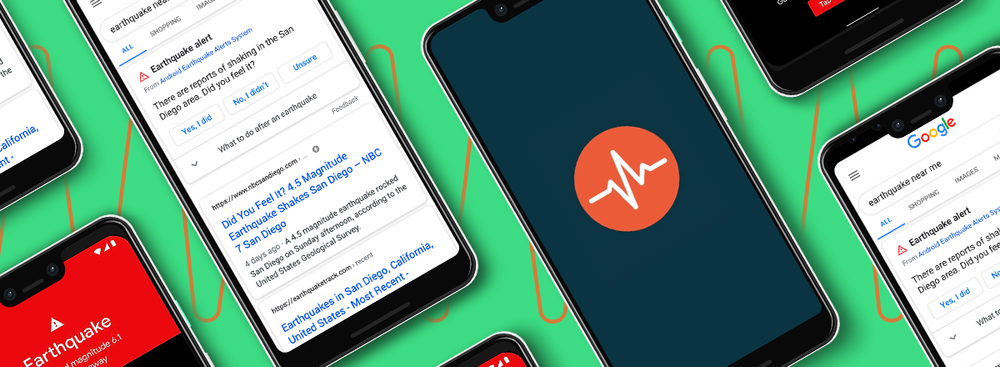Google rolled out a new feature that provides users with early alerts about a potential earthquake in their area and also turns their Android phones into mini seismometers. In case of an earthquake, even a few seconds could save people’s lives and prevent severe injuries.
Starting in California, get earthquake alerts powered by ShakeAlert® for added seconds to drop, cover and hold on. Learn how your phone can save critical time before an earthquake starts: https://t.co/onOez9RIhe pic.twitter.com/W9yK9x9Eug
— Android (@Android) August 12, 2020
Google developed the system of alerts that are sent directly to California residents’ phones in collaboration with the United States Geological Survey (USGS) and California Governor's Office of Emergency Services (Cal OES). All alerts are powered by ShakeAlert, a system that processes signals from over 700 seismometers across California.
However, such public infrastructure for notifying people about a possible shaking is quite expensive, and it may be even not possible to deploy them everywhere, so if you build an early warning system into the OS, it means that more people will receive such messages and prepare for an earthquake.
“Earthquakes happen daily around the world, with hundreds of millions of people living in earthquake prone regions. An early warning can help people prepare for shaking, but the public infrastructure to detect and alert everyone about an earthquake is costly to build and deploy. We saw an opportunity to use Android to provide people with timely, helpful earthquake information when they search, as well as a few seconds warning to get themselves and their loved ones to safety if needed,” says the blog post of the company.
Therefore, the alerts based on the Android platform will roll out in California first as there’s already a great seismometer-based system there. Later on, they will be available in other places, too.

Soon all users will be able to take part in the new program and make their phones a part of the world’s largest earthquake detection system. All smartphones that have the new feature enabled will become a part of the Android Earthquake Alerts System, a network of shockwave-detecting Android devices.
“Your Android phone can be a mini-seismometer, joining millions of other Android phones out there to form the world’s largest earthquake detection network,” reads Google’s blog post.
To detect the movement, Google will use motion-sensitive accelerometers (as they can detect initial earthquake waves) that are built into Android smartphones. If your device senses a shaking coming, it will send a notification to the earthquake detection server of Google. After that, the server will collect data from other devices and check whether there’s an earthquake coming. So when you search for “earthquake” or “earthquake near me” on Google, you will see whether other Android smartphones reported similar activity.

Besides, search results will provide users with tips on how to behave before or after an earthquake.
Apart from that, Google also announced that the Android Emergency Location Services will now begin sharing your set device language.
Get the right help faster with Android Emergency Location Service. Now available to 800M+ people with a new language feature. Learn how it saves seconds in an emergency: https://t.co/C4cEHleVCq pic.twitter.com/kGKoMgFyD3
— Android (@Android) August 12, 2020














